The Port Fairy Murders by Robert Gott
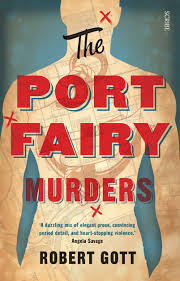
The Port Fairy Murders by Australian author Robert Gott is a sequel to The Holiday Murders. The Port Fairy Murders continues the story of Detective Joe Sable, Constable Helen Lord and Inspector Titus Lambert, all members of the newly-formed Victorian Homicide Department in Melbourne in 1943.
In The Port Fairy Murders, the characters have to deal with the fall-out after they infiltrated Australia First, a particularly nasty political party in the previous book. I’m happy to report that Australia First are fictional, although no doubt there were real groups at the time who were genuinely horrible.
Joe was hurt quite badly physically and emotionally, as was Titus’ brother in law Tom, as they worked to stop a deranged madman and his crazy followers in The Holiday Murders. Several weeks later Joe returned to work, (clearly there was no counselling or time off work for traumatised police officers in 1943). Soon after, Joe’s apartment block was burned down by George Starling, an aggrieved member of Australia First. One of Joe’s neighbour’s died in the fire.
Of particular interest to me was the location of Starling’s family farm at Mepunga, half way between Warrnambool and Peterborough on the Great Ocean Road, which is very near to where I grew up. Starling is such a horrible character that I have mixed feelings about the use of this location as I didn’t like him coming from my part of the world, (NIMBY), but I also loved reading about places so familiar to me.
The photo below is of Murnane’s Bay, where The Port Fairy Murders tells us that Starling often went to as a child to escape his abusive father.
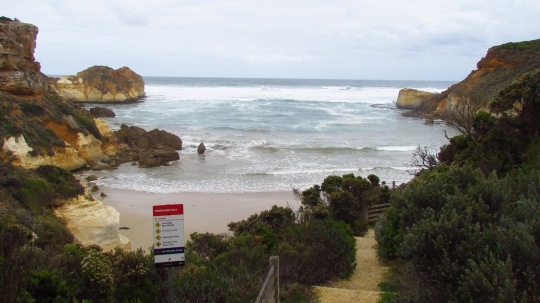
I can’t imagine anyone being lucky enough to come from this part of the world to be a bad person, my imagination just won’t stretch that far. Robert Gott, however, managed just fine.
After the fire, Joe was billeted to stay with Helen, her mother and her Uncle Peter. Joe quickly connected with Peter and has some interesting conversations with him about art after noticing that Peter has had a portrait of himself painted in the style of John Singer Sargent’s famous portrait of Dr Pozzi in his bathrobe.
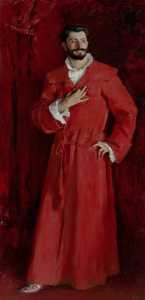
Meanwhile, Starling is staying at The Windsor Hotel in Melbourne after a visit to his father’s farm. Starling was delighted to learn his father recently died, and visited the farm to steal cash and burn down the house. He also viciously attacked a number of animals on the farm so that the police would realise the fire had been set on purpose. (NIMBY, NIMBY!) Back in Melbourne, Starling killed a few gay men while waiting for an opportunity to kill Joe.
Meanwhile, Joe and Helen were sent to Port Fairy to investigate a double murder, completely unrelated to Starling and Australia First. The author set the scene in Port Fairy well, particularly when it came to the divide between the religions. All of the family stories I grew up hearing had religion in there somewhere, with one mob going to a particular church, school, dances and shops, while the other mob went to their own church, school, dances and shops, saying hello politely on the street but never going to each other’s homes. Heaven forbid anyone married out of their religion. St John’s and St Patrick’s churches in Port Fairy are pictured below…
I also enjoyed the references to other locations around Port Fairy which I know quite well, including Gipps Street, East’s Beach, Pea Soup and of course the pubs; the Caledonian (otherwise known as The Stump) and the Star of the West.
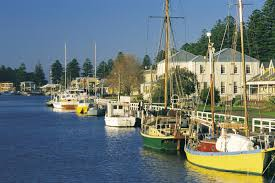
As it turns out, Robert Gott was able to imagine horrible people in Port Fairy too. He does not shy away from describing grisly, violent behaviour, and thoroughly explores all types of nastiness.
The town of Warrnambool gets plenty of mentions too, with a very ordinary meal being had at the Warrnambool Hotel. I can confirm that the food served there is actually very good.
The Port Fairy Murders left the door open for another book in the series as there is plenty of unfinished business. Helen and her mother have secrets from each other, and Joe and Helen have chemistry. George Starling is still on the loose which means that all of these characters, plus Titus and his wife Maude, who I have become quite fond of, are still in danger…


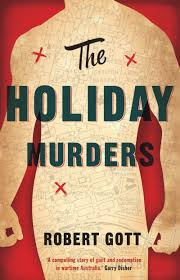



Recent Comments